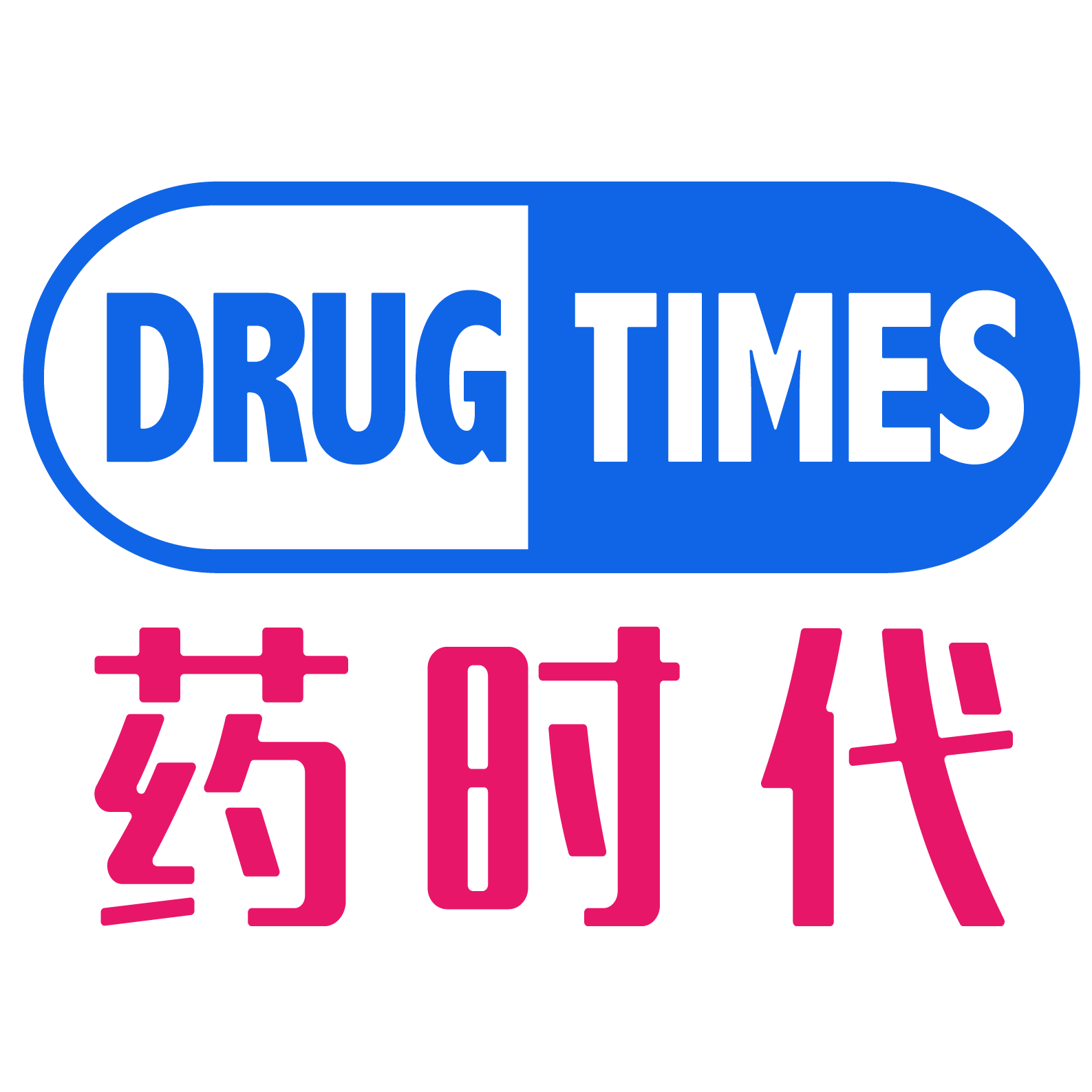Merck’s Dilemma
The cost-cutting and efficiency-enhancing plan introduced by Merck is primarily aimed at addressing two major challenges:
The first is the patent cliff of Keytruda: The sales data for the second quarter highlighted Merck’s heavy reliance on Keytruda (commonly known as “K drug” in China). In that quarter, Keytruda’s sales reached $8 billion for the first time, accounting for over 50% of the company’s total revenue of $15.8 billion. However, K drug may lose its patent protection in the United States as early as 2028, facing competition from biosimilars, and the threat of generic drugs is already clear. Take Novo Nordisk, which just issued an earnings warning, as an example. Its growth forecast in the key U.S. market was weakened due to the impact of generic competition on Wegovy. This competitive pressure was an important factor in forcing Novo Nordisk to reduce its full-year sales by 5%. Faced with the increasingly imminent “patent cliff,” Merck urgently needs to optimize its cost structure in advance, release more resources to promote strategic transformation, and incubate the next generation of “blockbuster drugs” to prepare for the post-Keytruda era.
The second is the impact of the sharp drop in Gardasil vaccine sales: In the second quarter, Gardasil’s sales fell to $1.1 billion, a significant decline compared to last year’s $2.48 billion. As the main support point on Merck’s growth curve, the sudden drop in demand for the HPV vaccine Gardasil disrupted the company’s revenue pace. One of the main reasons for the decrease in demand is the intensification of market competition, especially the approval and launch of the first domestic nine-valent HPV vaccine in China. This directly led to a decrease of about $1.3 billion in Gardasil’s sales in the Chinese market, with a growth rate decline of 9%. Faced with this situation, Merck has suspended the supply of the vaccine to the Chinese market and plans to re-evaluate its supply strategy for 2026.
It is worth noting that in April of this year, Gardasil 9 was approved for a new indication in China, allowing males aged 16 to 26 to be vaccinated. It became the first and only approved nine-valent HPV vaccine for both eligible males and females in China. In the future, whether Merck can turn the current situation around by developing the Chinese male HPV vaccine market is worth close attention. The success or failure of this strategy may have an important impact on how Merck adjusts its market layout in China and even globally.
The Patent Cliff Looms Over MNCs
At the beginning of this year, Dr. Joanna Sadowska posted a “Pharma Patent Cliff” chart on LinkedIn. She pointed out that in the next few years, nearly 200 drugs will lose their patent protection, including at least 69 blockbuster drugs with annual sales exceeding $1 billion, resulting in a cumulative sales loss of over $300 billion. Among these, there are nine drugs worth tens of billions of dollars, including Pfizer’s apixaban, Merck’s Keytruda, BMS’s Opdivo, Johnson & Johnson’s daratumumab, Sanofi’s dupilumab, Novo Nordisk’s semaglutide, AbbVie’s risankizumab, Eli Lilly’s tirzepatide, and Vertex’s Trikafta. A report released by Morgan Stanley in July 2024 also showed that by 2030, Amgen (67%), BMS (63%), and Merck (56%) will face the highest revenue risks.
Therefore, Merck’s current “tactic of cutting losses to survive” is actually a long-term strategic choice, aiming to efficiently transform the saved resources into innovative pipelines with market competitiveness. On July 9th of this year, Merck announced the acquisition of Verona Pharmaceuticals and its innovative drug Ohtuvayre for the treatment of chronic obstructive pulmonary disease (COPD) for $10 billion, making it the second-largest biopharmaceutical acquisition globally this year.
In the future, whether the company can successfully develop another blockbuster product at the level of Keytruda and truly establish a diversified innovation engine to break free from dependence on a single product will be the key to Merck’s steady and long-term development in the fierce industry competition.
【Editor’s note】The above content (~4890 words) is a quick translation of a Chinese article (posted on 2025-08-01) by DrugTimes team. To read the original article, please click here. All comments are warmly welcome. Many thanks!
发布者:DrugTimes001,转载请首先联系contact@drugtimes.cn获得授权

 为好文打赏 支持药时代 共创新未来!
为好文打赏 支持药时代 共创新未来! 
